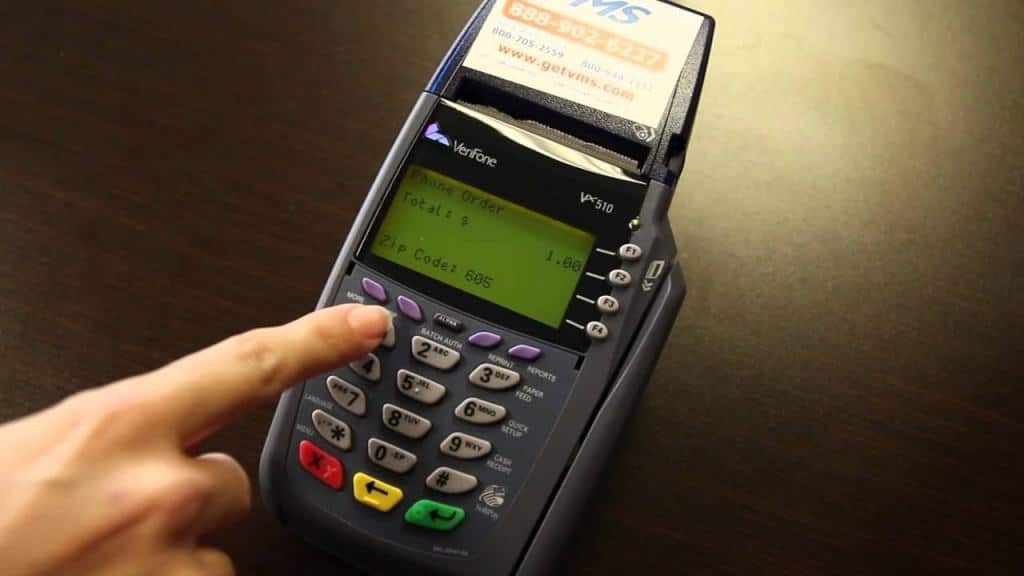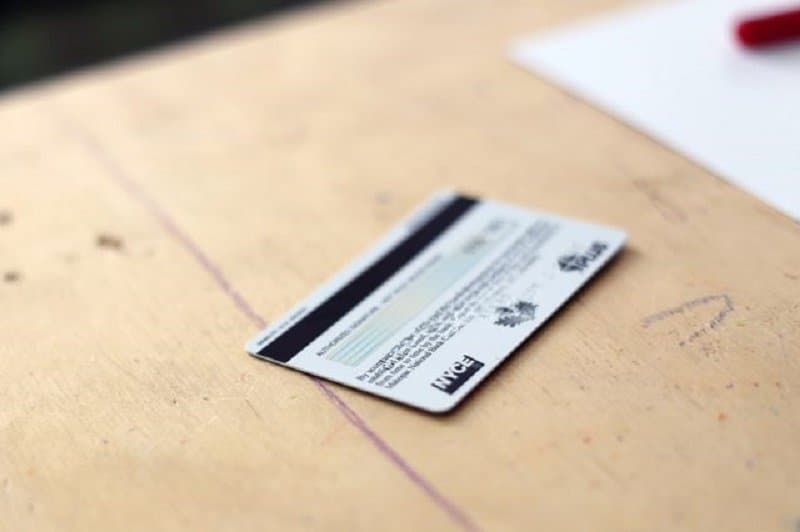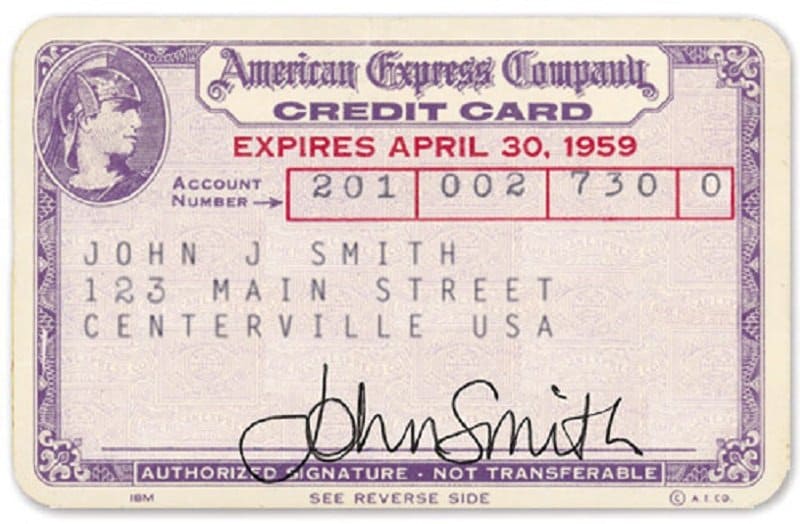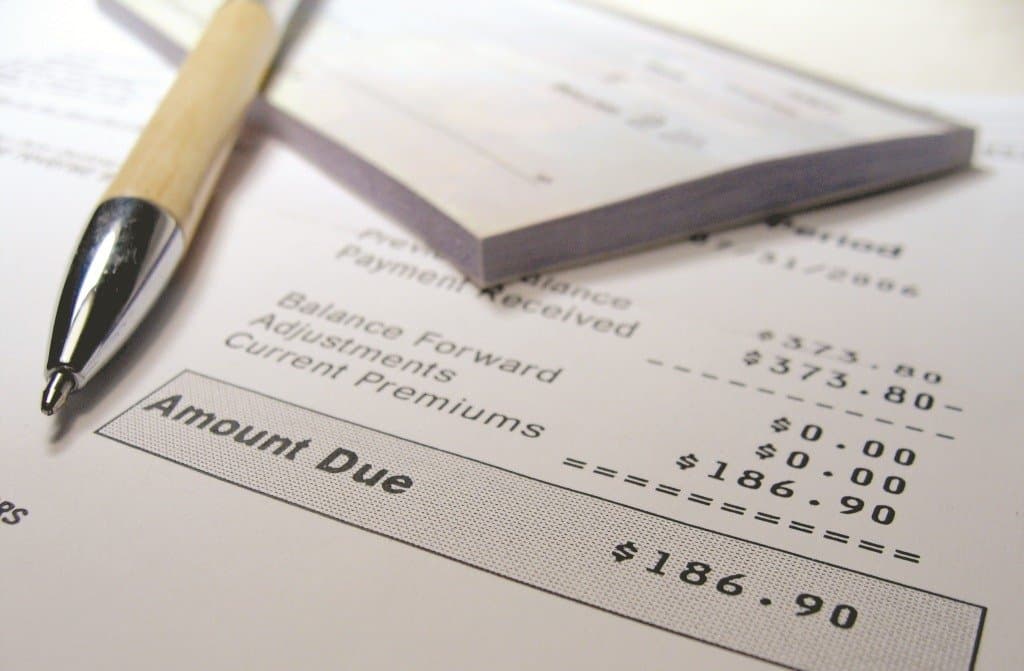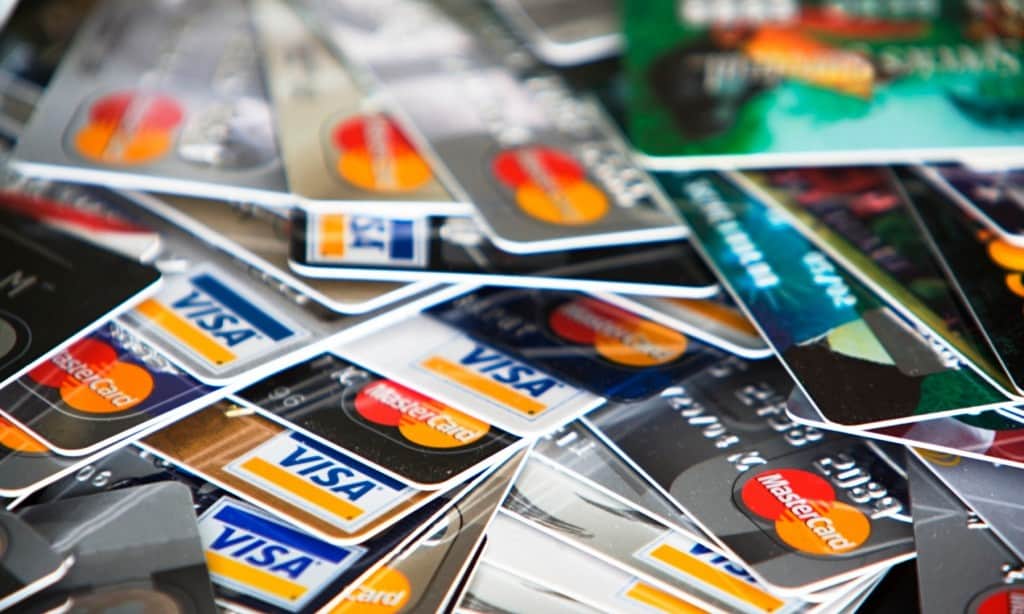10 Facts About Credit Cards Most People Don’t Know
History, Lists, Other, Shocking, WeirdCredit cards have their pros and cons, and in North America, it’s nearly impossible to get through life without one. Everyone knows that in order to take out a loan for a mortgage, a car, or for tuition, a person must have good credit. In order to build good credit, that person must use a credit card, responsibly, to prove that they can handle the responsibility of money. However, many people abuse and take advantage of credit cards to the point of no return. This list is a compilation of ten interesting facts about credit cards that many people do not know!
Interest Generated
Credit card companies in 2006 earned about $90 billion in interest.
Visa Logo
The Visa logo has a blue line and a gold line. The blue line stands for the sky, and the gold represents the gold hills of California, which is where the Bank of America was founded. Visa used to belong to the Bank of America.
Credit Offers
The average household in America receives about 6 credit offers a month.
Credit Transactions
At any given moment, there are over 10,000 credit transactions in the world.
Expiration Dates
Everyone knows that credit cards have expiration dates, but does anyone know why? Well, the reason is that the magnetic strips on credit cards wear out after about 3 or 4 years.
Debt
In 2013, the average credit card debt for an adult in America was over $5,000.
Paper Credit Cards
Most people think of credit cards as shiny, plastic objects, but the first ever credit cards were actually made of paper.
Minimum Payments
Credit card companies don’t make money off of customers who immediately pay their balance, so they set up the minimum payments in such a way that it makes it easier for the customer to go into debt.
Excessive Credit Cards
There are enough physical credit cards in the world today to wrap around the Earth’s equator 3 and a half times.
Card Numbers
Most people don’t realize that the numbers on their credit cards actually mean something. The first digit of the card represents the type of card: 1 and 2 are for airlines; 3 is for entertainment and travel; 4, 5, and 6 are for banking; 7, 8, and 9 are for other uses.



